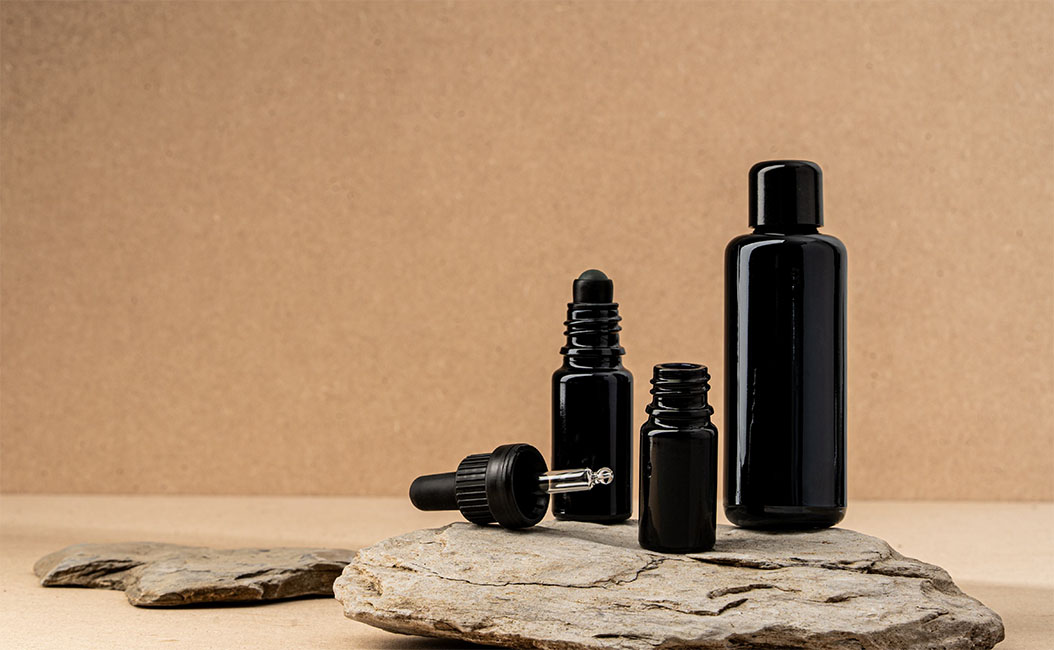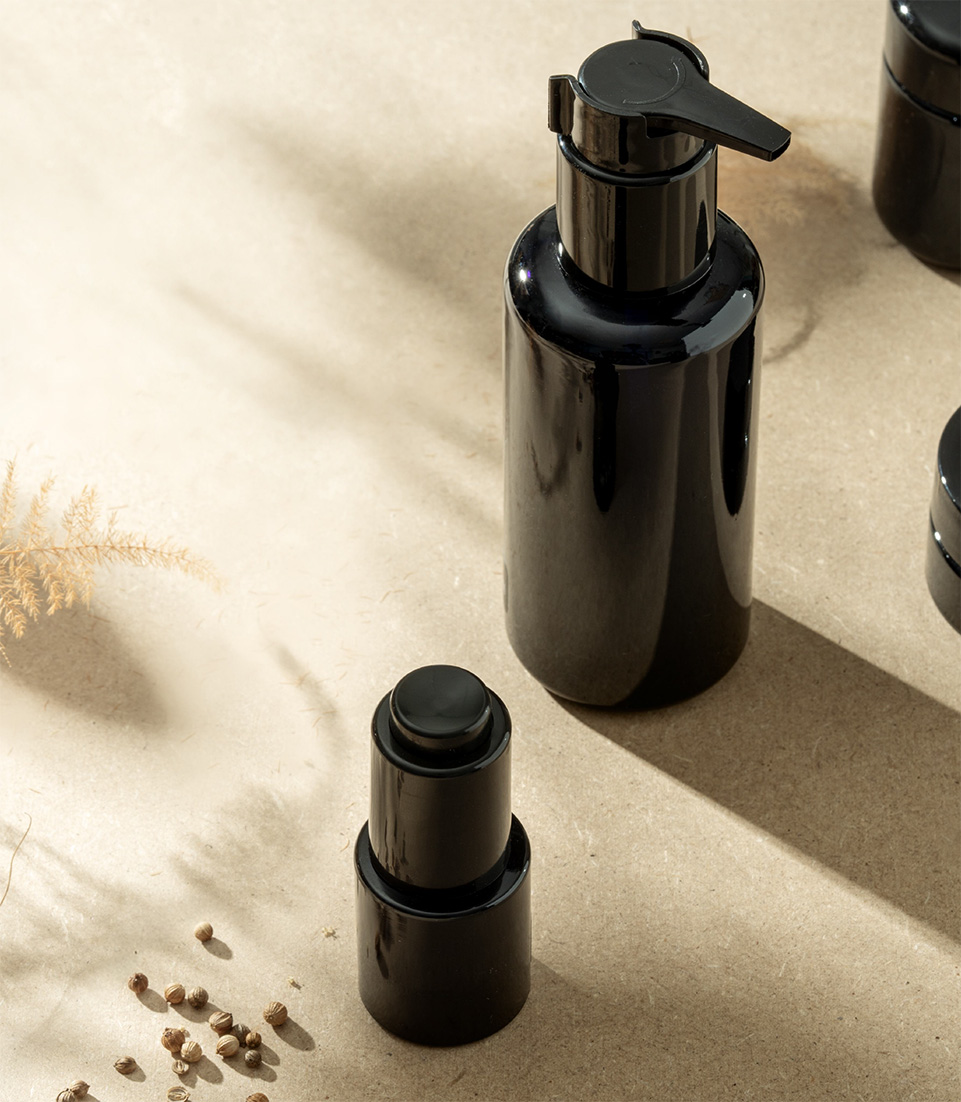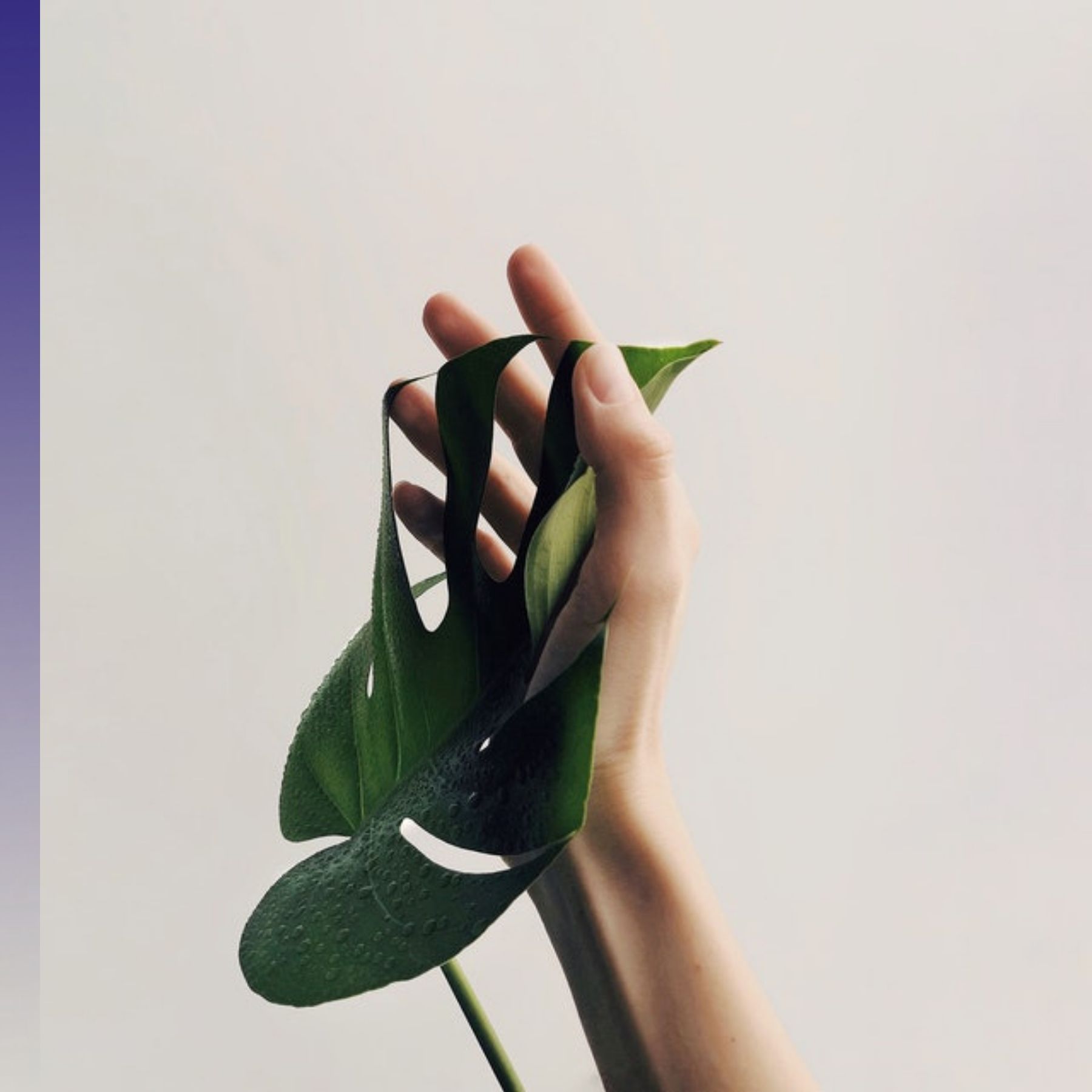Future-Proof Your Packaging: Trends to Watch in 2025
In the rapidly evolving packaging industry, staying ahead of emerging trends is crucial for brands aiming to meet consumer expectations and maintain a competitive edge. Now well into 2025, several key trends are set to shape the future of packaging.

1. Premium and Protective Packaging
As consumers become more mindful of the ingredients in the products they use, clean formulations with minimal additives are gaining traction. These products are often sensitive to external influences and typically require either preservatives or protective packaging to maintain their integrity, especially when exposed to light. From light-sensitive skincare to high-potency supplements and cold-pressed botanical oils, brands that would like to stay true to their natural formulations are turning to materials that combine functionality with a premium look and feel. Glass packaging, particularly Miron’s violet glass, stands out by helping to extend shelf life, preserve bioactive ingredients, and elevate perceived value.
Looking ahead, as regulations around preservatives continue to tighten and demand for transparency increases, more brands are expected to invest in packaging that actively supports product longevity, without compromising on purity or aesthetics.
2. Stay Ahead of the Curve
Features such as QR codes, RFID tags, and NFC chips are being embedded into packaging to provide consumers with interactive experiences, product information, and enhanced supply chain transparency. This integration not only improves user engagement but also aids in inventory management and anti-counterfeiting measures. This is particularly valuable in industries like cosmetics and nutraceuticals, where authentication and traceability are critical.
In 2025 and beyond, intelligent packaging is set to evolve further, enabling real-time tracking, personalized content delivery, and expanded use across sectors like beauty, wellness, and premium food. Brands embracing these technologies will be better equipped to meet consumer expectations for convenience, trust, and traceability.

3. Minimalist Design
A "less is more" approach is gaining significant traction, with brands adopting minimalist packaging designs that resonate with contemporary consumers. This trend emphasizes clean lines, simple color schemes, and uncluttered labeling, enhancing product appeal while reducing material usage. Such designs not only attract attention in a crowded marketplace but also align with sustainability goals by minimizing waste.
Looking ahead, brands are expected to take this even further in 2025 by embracing sustainable simplicity. Favouring fully recyclable materials, avoiding unnecessary coatings, and designing with end-of-life reuse or recyclability in mind. Monomaterial packaging, where a single material is used to facilitate easier recycling, is also gaining attention, particularly in sectors focused on circular design principles. While not all packaging types can be entirely monomaterial, solutions like Miron’s fully glass Libra jars and Polaris bowls offer a compelling example of how function, beauty, and simplicity can come together in one material.
4. Enhanced Engagement
Creating unique and engaging consumer experiences through interactive packaging is becoming increasingly important. Incorporating visual, tactile, audible, and olfactory elements can enhance enjoyment and brand connection. This sensory engagement can differentiate products and create memorable consumer interactions.
In the near future, multisensory packaging is expected to play an even larger role in brand storytelling, using touch, scent, and sound not just to stand out, but to forge deeper emotional bonds with consumers, especially in luxury and wellness markets. To support this shift, packaging design teams are increasingly collaborating with scent branding experts, sound engineers, and UX designers to create experiences that are not only beautiful but also immersive and emotionally resonant.

5. Durable Glass as a Sustainable Alternative
While lightweight and fibre-based packaging solutions have gained attention for their low environmental impact, durable and reusable materials like glass are carving out a premium niche. In contrast to single-use formats, glass packaging offers long-term value by being endlessly recyclable, refillable, and resilient.
For brands aiming to reduce reliance on plastics while preserving the quality of sensitive formulations, glass provides a sustainable yet high-performance alternative. Its reusability aligns with circular economy goals, while its premium look and feel continue to resonate with conscious consumers.
Solutions like Miron’s fully glass Libra jars and Polaris bowls take this a step further, offering monomaterial packaging that supports both recyclability and end-of-life simplicity without compromising product integrity or brand aesthetics.
6. Personalization and Customization
As consumer priorities continue to shift toward health, wellness, and conscious consumption, packaging will need to work harder, preserving product quality while aligning with ethical and environmental values. Materials like violet glass offer a rare combination of natural protection, product longevity, and visual appeal, making them an ideal solution for brands navigating these evolving demands.
This trend is especially relevant for small-batch producers, subscription-based services, and limited-edition wellness or beauty launches, where personalization can deepen brand loyalty and elevate the consumer experience.
Looking for the right packaging solution for your product? Let's talk.
Mirror, Mirror on the Wall
Who’s the most circular of them all? It’s time for beauty companies to take a good look in the mirror. Customers are basing their choices on circularity. They want to see sustainable sourcing, supply chain transparency and zero waste.
100% Natural Packaging
Glass is composed of naturally occurring ingredients as it consists of sand, soda, ash, and limestone. The fusion of these components results in one single material. The circular economy aims to extend the life cycle of materials and products with ...

Skinimalism
Starting in 2020, beauty consumers were moving away from the so-called “cake-on makeup look” to a movement of slow beauty - letting natural skin texture shine. They are now looking for a minimalistic beauty routine that is sustainable, easy to apply, and ...
